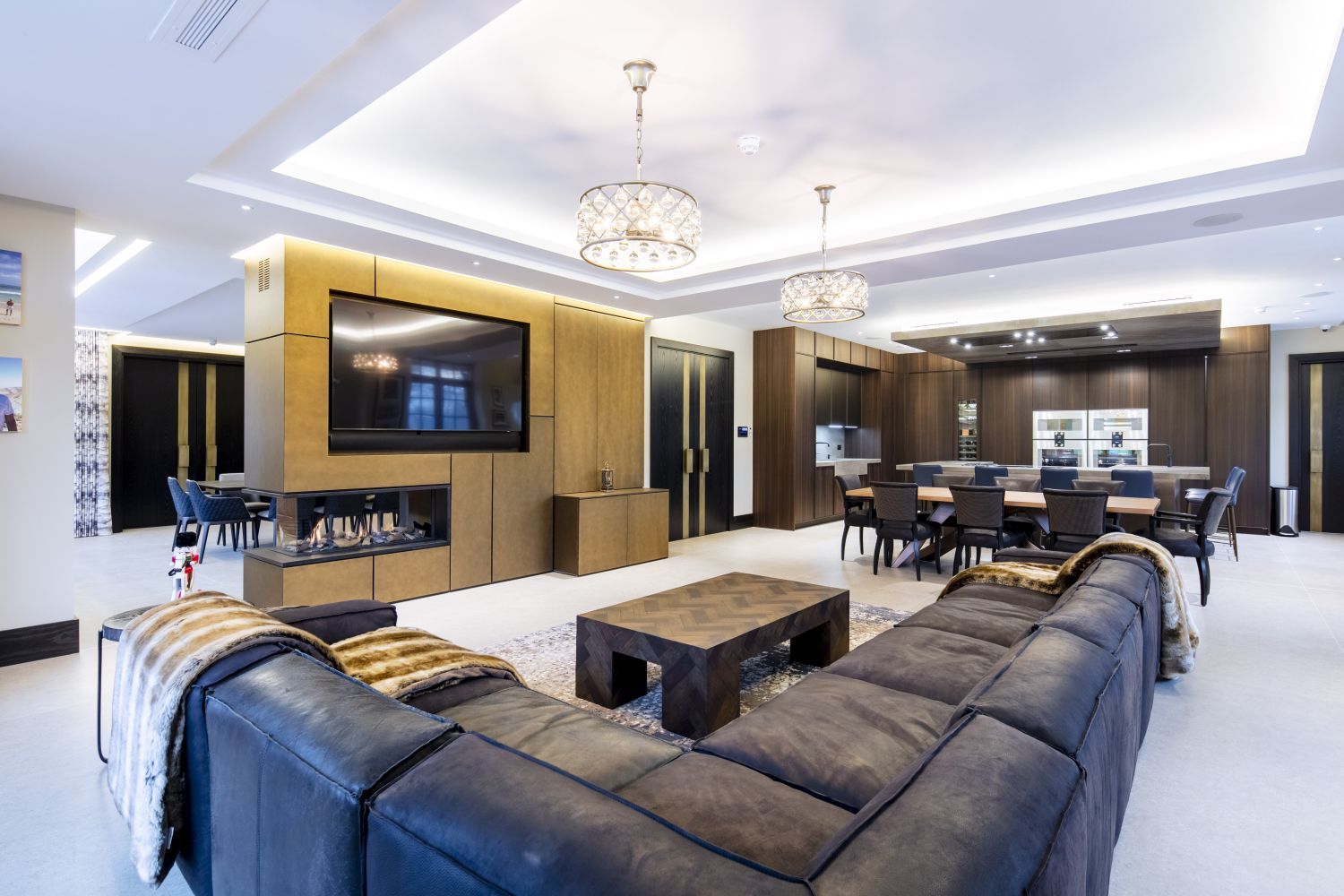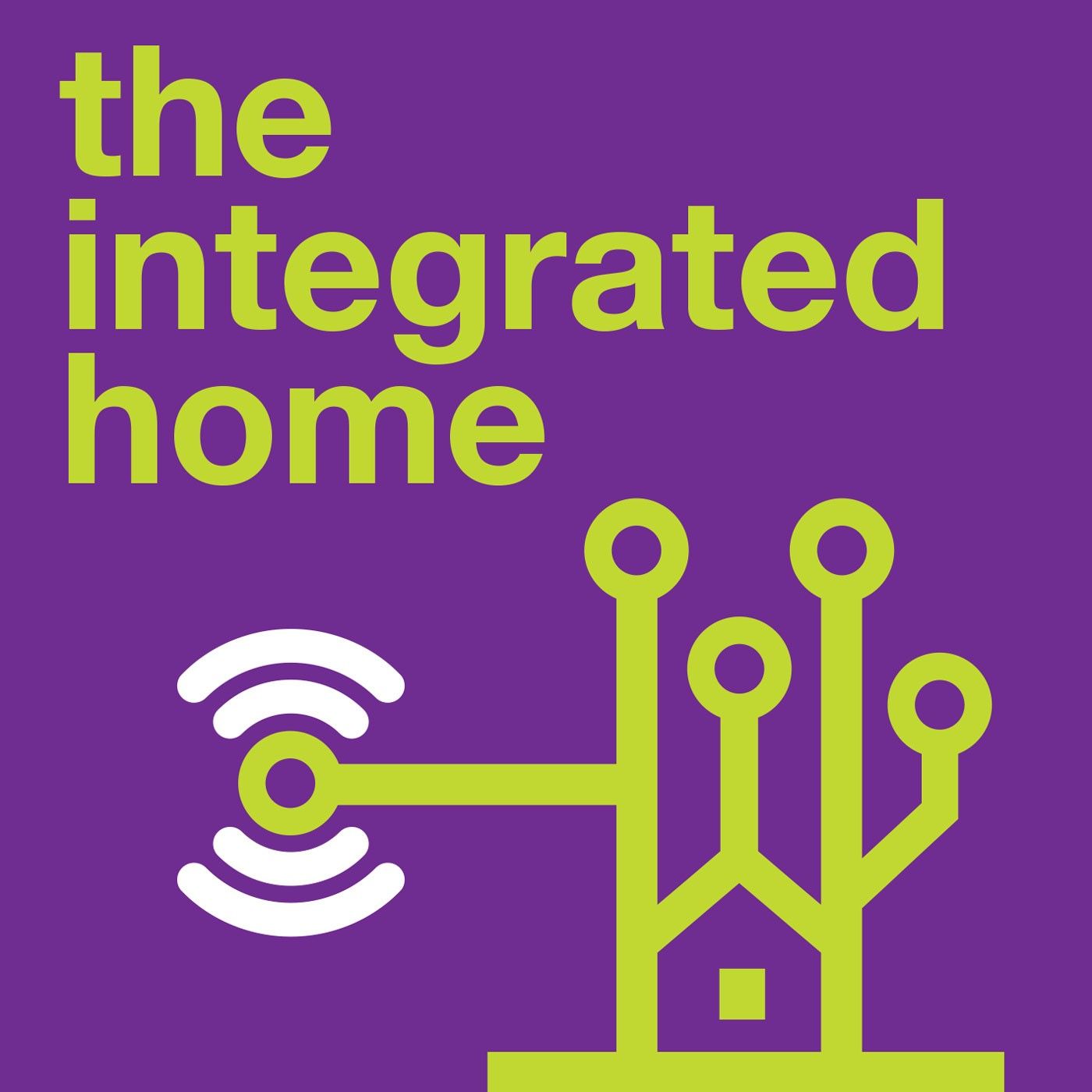A design-and-build professional's guide to smart home technology

We’ve brought together advice from a variety of members of CEDIA – the Association for Smart Home Professionals – to explain the elements that should be considered when designing a wider home integration project.
Lighting
The main reasons you would want clever lighting are aesthetics and convenience. Today's houses have many more lighting circuits than we used to have – LED strip accents, wall lights, feature pendants, and chandeliers. Without dimming, the whole thing would look bright and could look harsh, and with one button per light circuit, you would end up with a mass of switches and no-one knowing what they did.
Lighting control is about using the space between 'lights on' and 'lights off'. When you start to play around with the infinite variations in lighting levels of any circuit and combine those circuits to work together, you can create ambience to complement a mood or functionality to perform a task. A good lighting designer will be able to highlight existing features and create stunning effects through their choice of lamps and fittings. The lighting control system gives you simple access to these 'scenes', so that they can be recalled at the touch of a button or by voice command.
An emerging area is in 'bio-adaptive' lighting, where colour temperature varies with time of day: cooler white light in the daytime and a warmer yellow glow in the evenings, which studies have shown help people sleep more easily.

A CEDIA Smart Home Awards-winning project by Inspired Dwellings
Heating
Being able to ‘zone’ heating so that you can independently set the temperature in each room is one of the main benefits of a modern heating system. Many heating control systems have smartphone apps to allow them to be controlled when you're out of the house. But, more often than not, we don’t tend to adjust our heating very much. So having a thermostat on the wall in every room of your house is a bit over the top, which is why we prefer to use invisible temperature sensors and hidden thermostats – it looks better and it’s far more intuitive to operate.
Security
Door entry systems can eliminate the need for a key and can now be entered via a code or with fingerprint entry. This can offer lock status updates as well as notifications on specific individuals. For example, children, service teams, and dog walkers who have entered the property with their own unique code.
An intruder and fire alarm can be installed and further integrated into a whole home control solution so that arming and disarming can be performed from the touchscreen. This means that the original alarm module can be hidden away to keep the wall clutter to a minimum.
Control
We are seeing an increasing desire for more complex smart home technologies in the mid-market homes. In these properties, people just expect things to be easy to use and the interfaces to be intuitive to operate. We have definitely seen a shift in client attitudes towards a preference for using their existing mobile phones and tablets as the primary interface to the control system. Currently, most control systems have an interface with a single configuration for the home, but we have started to see control systems introduce personalisation so that all the users of the system within the home can have their own unique interface. With the proliferation of virtual voice assistants, homeowners are increasingly looking to utilise this as a method to interface with their smart home systems.
Working with an integrator
Lighting and shading, heating control, security, and audiovisual systems can all be integrated seamlessly in terms of operation and aesthetics with the right planning. By involving a CEDIA member in a project at the architectural planning stage, you’ll end up with a more elegant living space.
In order to understand what’s possible, try and visit one of the many amazing home technology showrooms and experience centres around. We’ve now passed the point of being impressed about being able to turn on your bathroom lights from the beach, we need to ask ourselves how useful the technology we’re installing actually is. We help our clients avoid technology for technology’s sake and focus on what will genuinely make their lives better. CEDIA’s Find a Pro service is a great starting point to find out more – www.cedia.org.
Our thanks to the following CEDIA members for their help with this article: CinemaWorks, Seven Integration, Homeplay, IndigoZest, Automated Spaces.
Stay informed!
To discover the latest solutions and innovations from the leading smart home technology companies exhibiting at Integrated Systems Europe (ISE), as well as the hottest industry trends – sign up now.
Why ISE? Because it’s the world’s premier B2B show for audiovisual systems integration. If something dazzles your senses, revolutionises your work or makes an event unmissable, it probably originated at ISE.
Don't miss out – join our community today and stay at the forefront of the industry.
Related News
-
Welcome to the digital transformation of the built environment
Bob Snyder, Chair, Smart Building SummitThe digital transformation of smart buildings depends upon the integration of multiple technologies which must work in concert to bring value to the owners, landlords, and occupants. -
The latest market analysis from CEDIA reveals that the four business areas expected to grow the most over the next 12 months are home cinema, media rooms, outdoor AV systems, and lighting & shading.



)
)
)
)
)
)
)
)
)
)
)
)
)
)
)
)
![rAVe [PUBS]](https://cdn.asp.events/CLIENT_Integrat_169E7B04_E6F3_39F6_8BE4DB27C54F731E/sites/ise-2024/media/libraries/partners/rAVe-PUBS-Google-Logo.png/fit-in/500x500/filters:no_upscale())
)
)
)

)
)
)
)
)
)
)
)
)
)
)
)
)
)
)
)
)
)
)
)
)
)
)
)
)
)
)
)
)
)
)
)